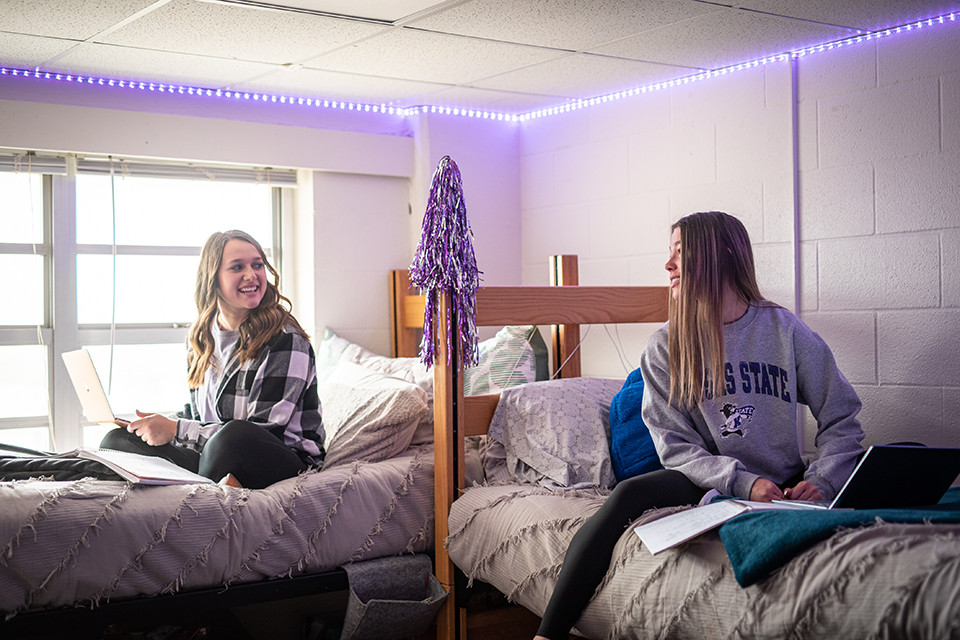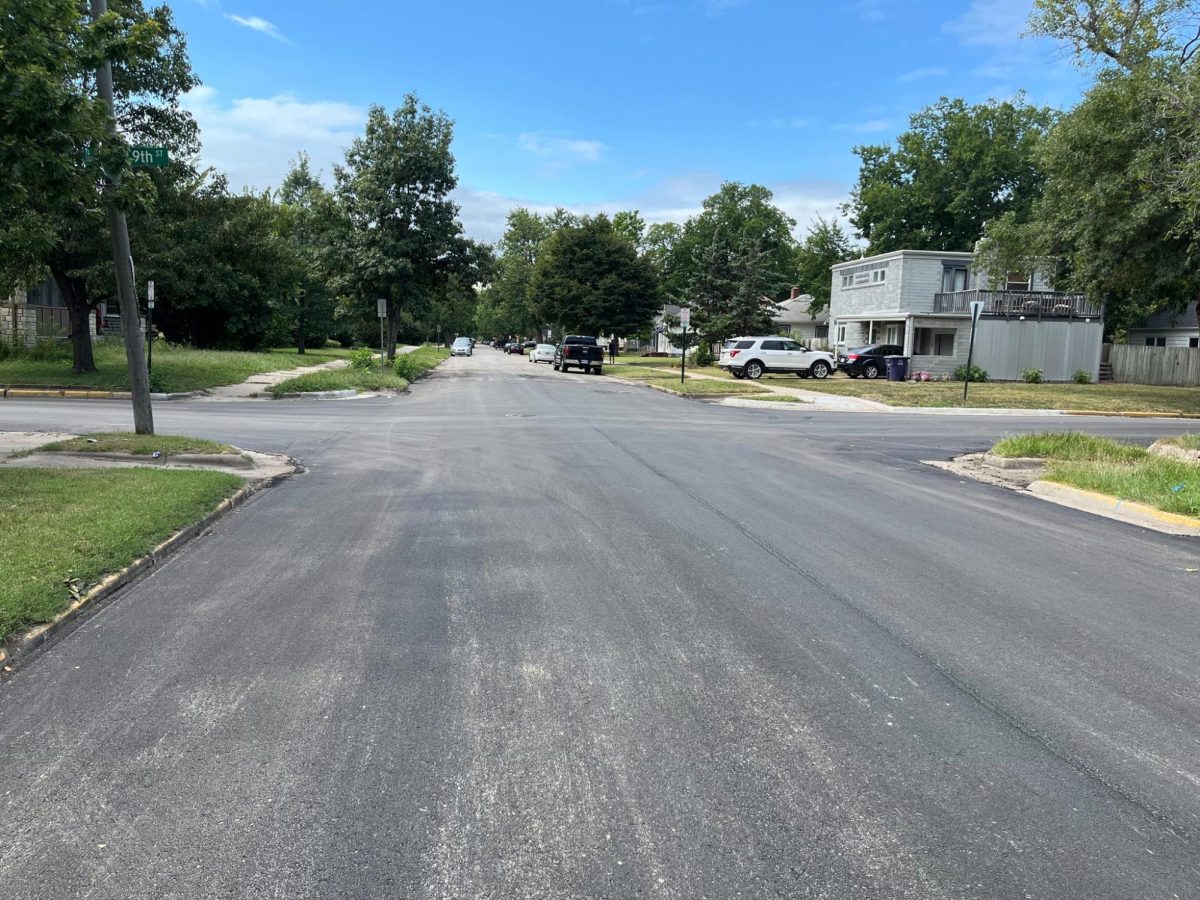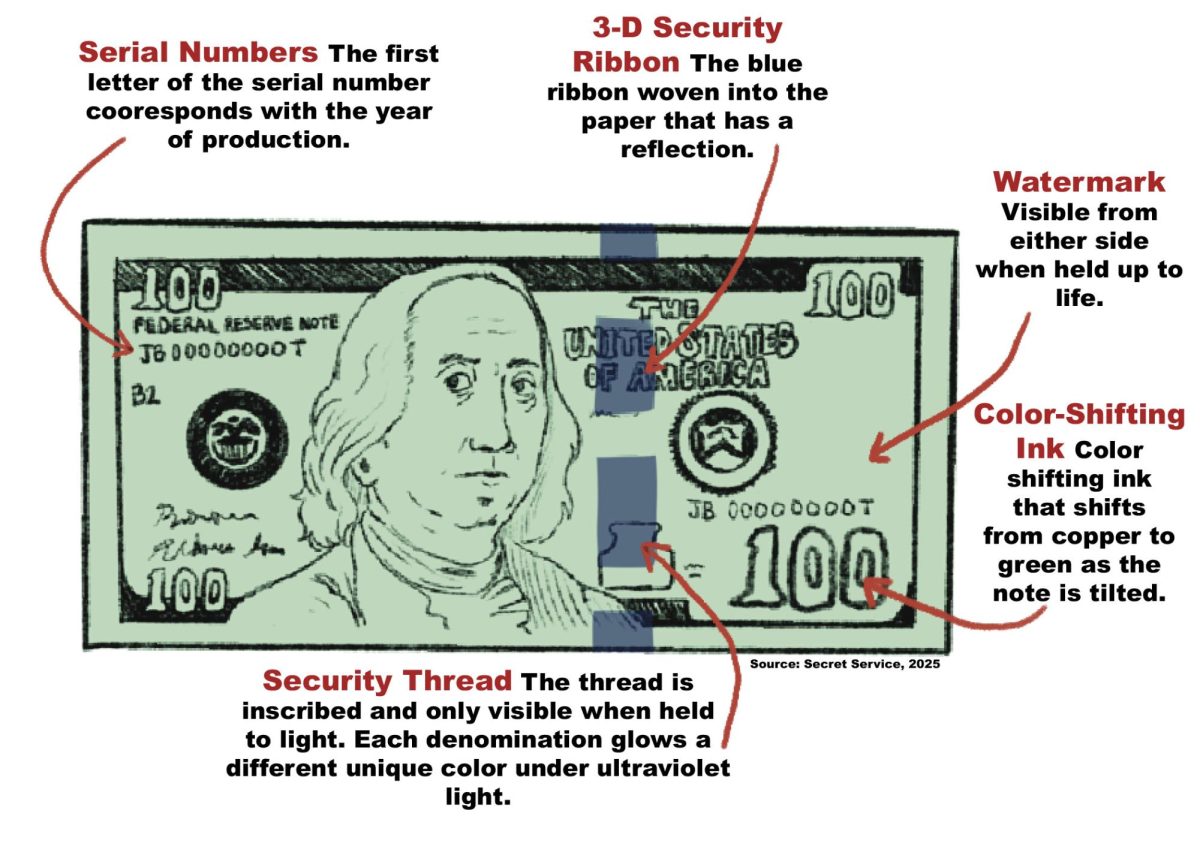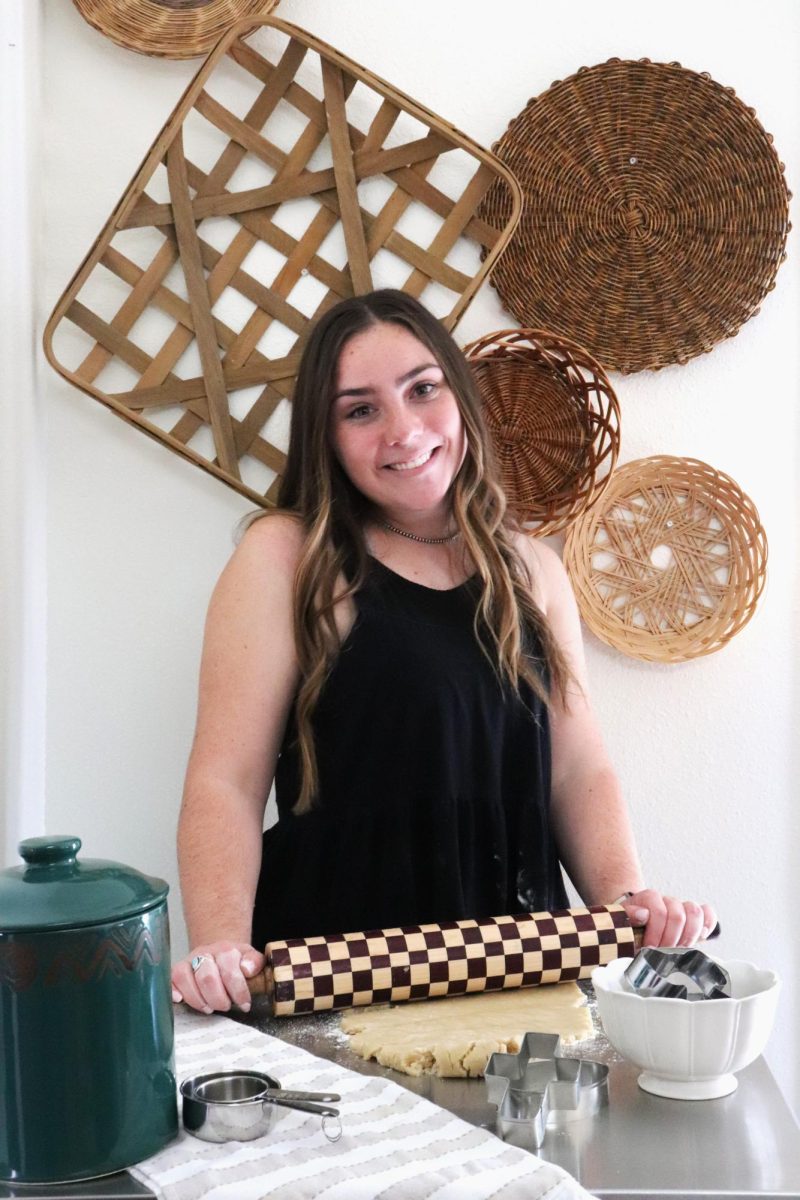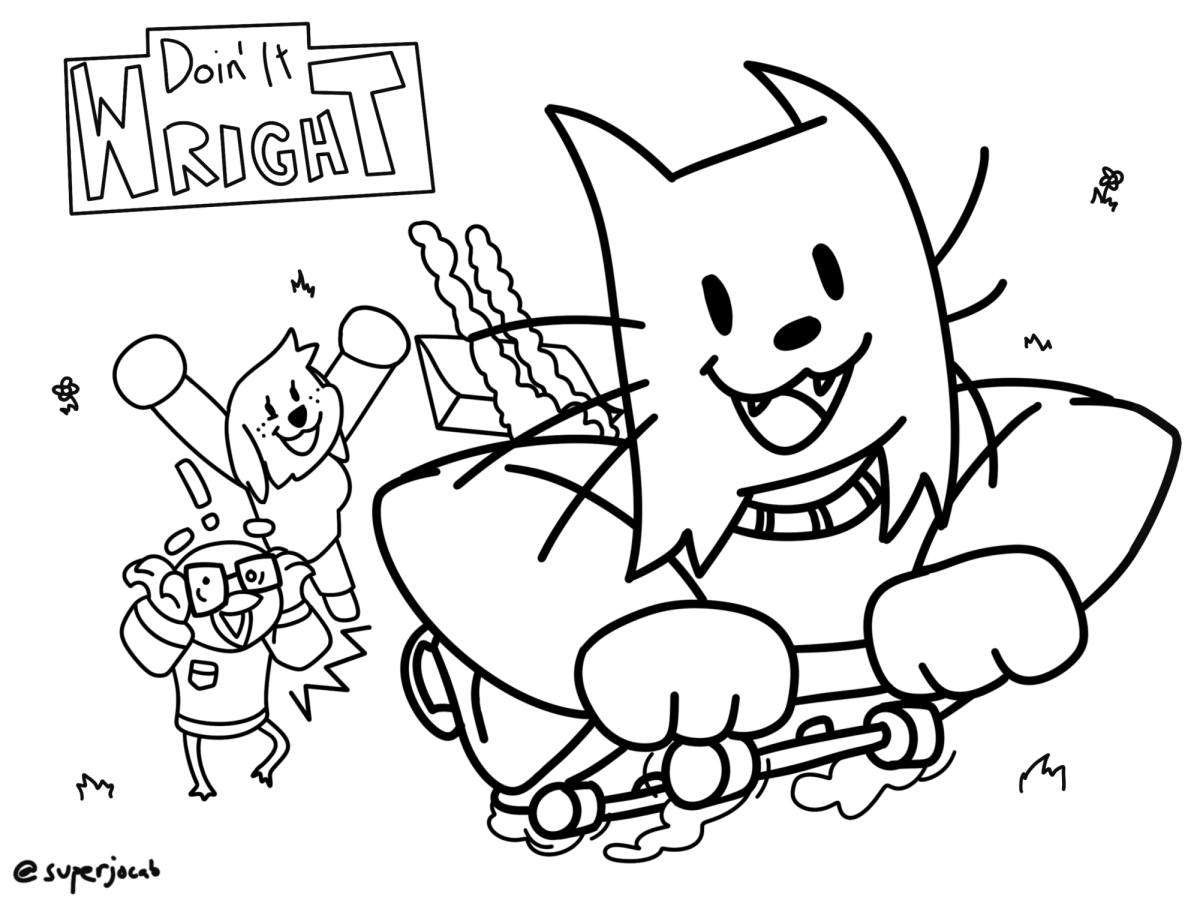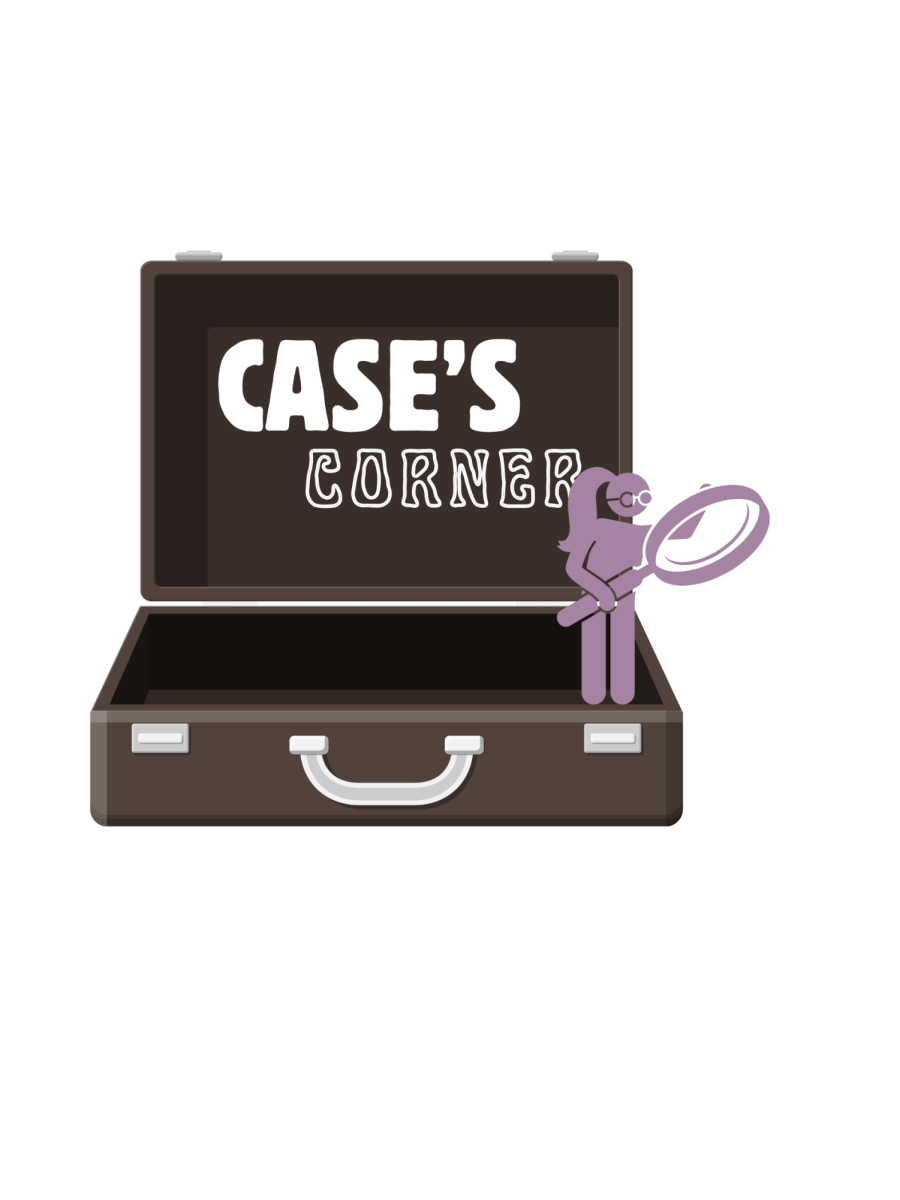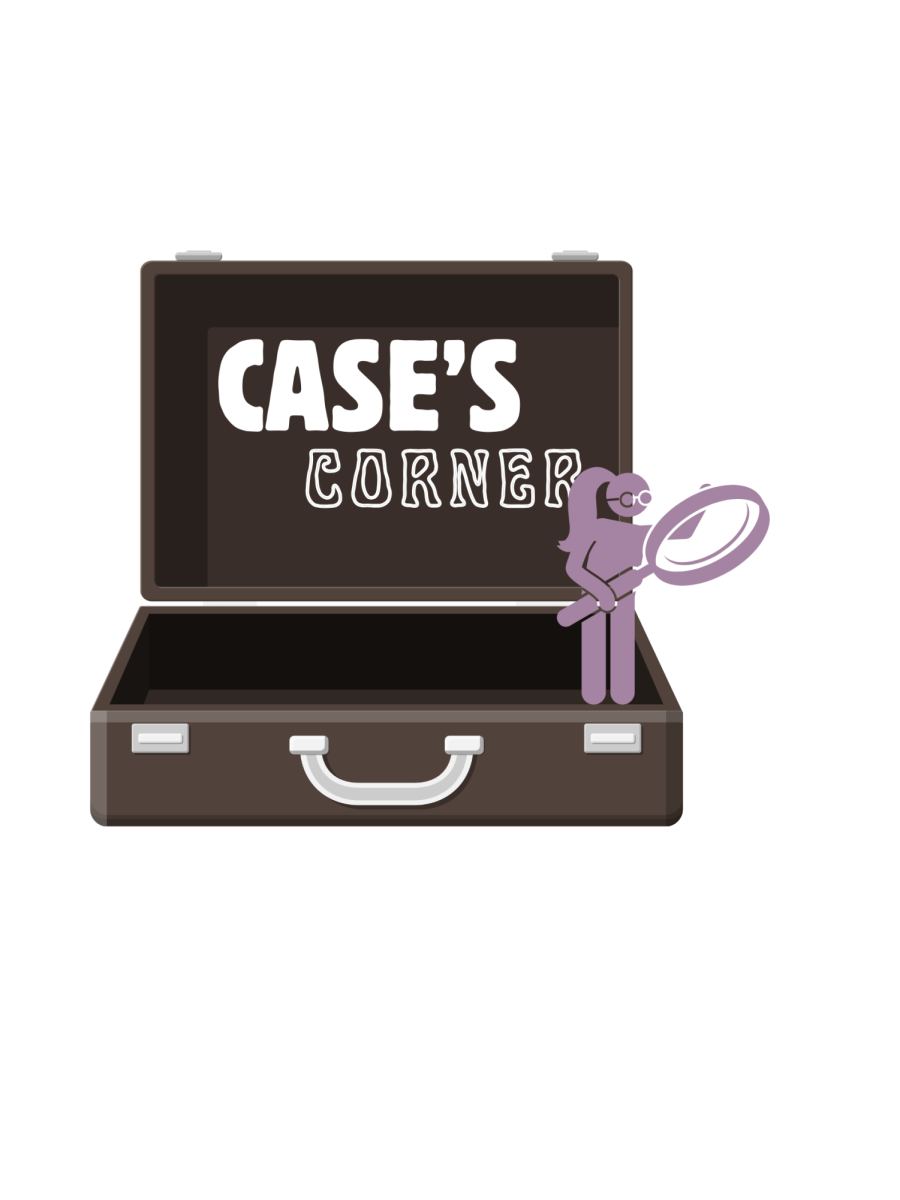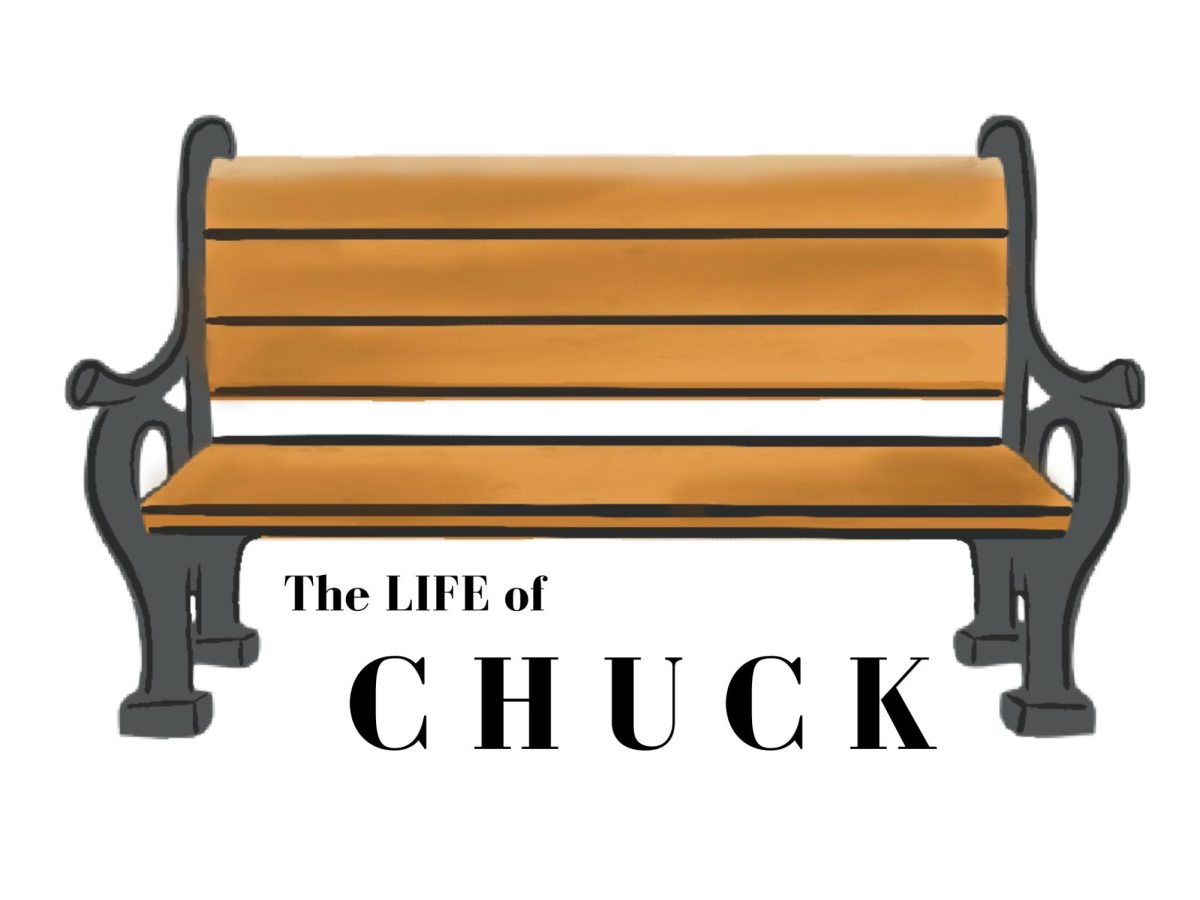For homeowners who like to keep an eye on the budget, doing it yourself can seem like a smart move. Skip the contractor, handle things on your own schedule, and spend less money overall—at least in theory.
But a new survey from West Shore Home shows that the real cost of DIY home projects often goes beyond what you see at the register. For many, the tradeoff isn’t just about money—it’s about time, stress, and knowing when to ask for help.
The Price of Underestimating Time
Most people go into a DIY project with a timeline in mind. But according to the West Shore Home survey, 78% of homeowners said their project took longer than they expected.
Why? Things like learning a new skill, returning the wrong parts, and making a few mistakes along the way tend to stretch out even the most straightforward plans. Some homeowners said what was supposed to be a weekend job took three or four weeks to finish.
If you’re taking time off work, missing out on weekends, or stretching yourself thin after hours, the savings start to feel less worth it.
Budgets Don’t Always Hold
DIY is often the go-to when money’s tight. But nearly half of those surveyed said they went over budget, sometimes by hundreds of dollars.
In many cases, it wasn’t a matter of buying the wrong thing—it was realizing halfway through that you needed a new tool, or extra supplies to fix something that didn’t go quite right. For 35% of homeowners, the solution was hiring a professional to finish or correct the work. By that point, the budget advantage was already out the window.
Skill Learning Can Be Costly
No one expects to be perfect the first time. But some home projects are less forgiving than others.
About 45% of homeowners had to learn a new skill as part of their DIY work, and 31% found that learning curve overwhelming. That’s not surprising—things like door installation, cabinet leveling, or tiling require precision. And when something isn’t done right, fixing it can cost more than the original job.
If you’re confident with tools and enjoy figuring things out, DIY can be a fun challenge. But if you’re learning from scratch, there’s a real risk of having to redo things—and pay more than you expected.
Social Media Doesn’t Show the Full Story
Almost half of the homeowners in the West Shore Home survey said social media made DIY home projects look easier than they really were.
That’s part of the problem. We see smooth transitions, quick makeovers, and before-and-afters that skip the messy middle. What those videos don’t always show are the supply delays, the returns, the wrong drill bit, or the third trip to the hardware store.
It’s not that DIY is impossible—it’s just not always as easy as it looks.
When It’s Worth Asking for Help
Some projects go smoothly. Others don’t. The difference often comes down to how much time you really have, what skills you bring to the table, and whether you’ve got a backup plan if things go sideways.
The team at West Shore Home found that a lot of homeowners entered their projects feeling confident—and ended up surprised by how much harder it was than expected. In some cases, hiring a professional from the beginning might’ve actually saved time, money, and stress.
DIY home projects can absolutely work out. But if you’re not sure what you’re getting into—or you’re already stretched thin—it’s worth considering whether you’re really saving anything by doing it all yourself.


